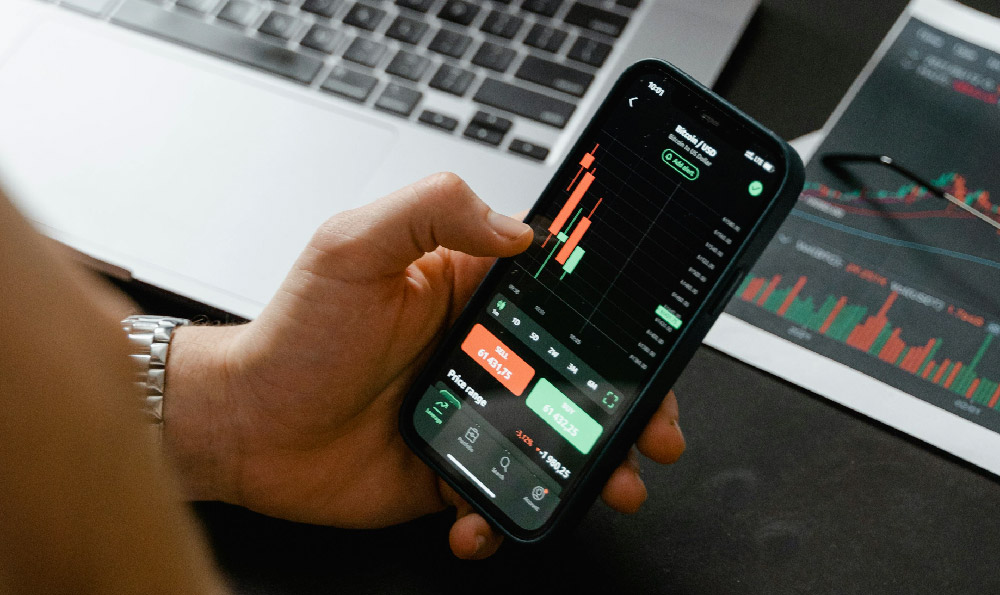Pinterest has emerged as a dynamic platform for monetization, blending visual discovery with strategic engagement. Its user base, driven by a focus on inspiration and practicality, offers unique opportunities for creators and businesses to convert content into revenue. However, success requires a nuanced understanding of the platform's algorithms, audience behavior, and competitive landscape. Here’s an exploration of effective methods to generate income on Pinterest, balanced with insights on risk management and sustainable growth.
The platform's primary function as a bookmarking tool for ideas means users often search for actionable solutions rather than passive entertainment. This makes Pinterest an ideal marketplace for niche-driven content, from DIY tutorials to product reviews and curated collections. To harness this potential, creators should prioritize high-quality, visually appealing content that aligns with specific interests or pain points. A well-optimized image, accompanied by precise keywords in the title and description, can significantly improve visibility. For instance, a pin titled “10 Affordable Ways to Update Your Home Decor” with descriptions that highlight cost-saving tips and budget-friendly materials is more likely to attract organic traffic than a generic “Interior Design Ideas” pin. The goal is to position each pin as a solution to a user's problem, leveraging the platform's intent-driven search model.
Monetization through affiliate marketing is one of the most straightforward approaches, but it demands strategic execution. Pinterest’s algorithm favors pins that are relevant to search queries, which means integrating affiliate links naturally into content is critical. Collaborations with niche bloggers or YouTubers who share Pinterest as part of their audience engagement strategy can amplify reach. For example, a beauty influencer might promote skincare products by creating a visually cohesive board of tutorials, with affiliate links embedded in specific pins that highlight product benefits. It’s important to avoid overstuffing pins with links or using misleading language; instead, focus on educating the audience while subtly directing them to purchases. A successful example of this is “Trendy Fashion Styles for Every Body Type,” where each pin provides styling tips and includes a link to a curated list of accessories, creating a seamless flow between content and commerce.

Pinterest also offers advertising opportunities, though these require careful planning to avoid alienating users. Promoted Pins are a popular option, but their effectiveness hinges on targeting the right demographic and aligning ads with existing user interests. For example, a fitness brand might promote a pin on weight loss routines to users who have recently engaged with similar content. However, overuse of ads can lead to user fatigue, so balancing organic content with paid promotions is essential. A professional approach includes segmenting the audience based on interests and behaviors, and testing different ad formats to determine which perform best. For instance, a furniture retailer might experiment with pins featuring “How to Measure for Custom Furniture” alongside promoted pins showcasing products, allowing the audience to engage with both educational and promotional content.
For businesses, Pinterest’s integration with e-commerce platforms like Shopify or Etsy can streamline sales. A well-designed “Shop the Look” feature, where pins directly link to product pages, requires consistent branding and high-quality imagery. For example, an artisan selling handmade candles might create a board titled “Cozy Winter Nights,” with each pin featuring a different candle design and linking to the Etsy shop. The key to success here is maintaining a cohesive aesthetic that resonates with the target audience while ensuring products are accurately represented. A case study of this strategy is EcoLiving Co., a sustainable home brand that increased sales by 40% through Pinterest integration, emphasizing eco-friendly materials and minimalist designs in their pins.
User-generated content (UGC) can also serve as a powerful revenue stream. By encouraging followers to share their own experiences with products or services, brands can build community and authenticity. For example, a coffee shop might invite customers to post photos of their favorite drinks using a branded hashtag, then feature these in a dedicated board. UGC not only enhances engagement but also improves search rankings, as it provides diverse perspectives that the algorithm values. A practical approach is to create a structured system for collecting and showcasing user content, such as contests or challenges that incentivize participation. This method has been successfully employed by brands like Warby Parker, which used UGC to highlight user testimonials and boost brand credibility.
Data analysis plays a crucial role in refining monetization strategies. Tracking metrics like click-through rates, conversion rates, and engagement levels can help identify what works and what doesn’t. For instance, a travel blogger might notice that pins featuring “Budget Travel Tips” generate higher engagement than those about luxury destinations. This insight can guide future content creation, ensuring resources are invested in high-performing areas. Tools like Pinterest Analytics or third-party platforms like Hootsuite can provide actionable data, but it’s important to avoid data overload. Focusing on key performance indicators (KPIs) such as Pin Savings and Engagement Score can simplify the decision-making process.
Risk management is equally important. The platform’s unpredictable nature means creators must avoid over-reliance on a single strategy or niche. Diversifying income streams by combining affiliate marketing, ads, and UGC can buffer against fluctuations. For example, a lifestyle influencer might split content into educational pins, promotional pins, and user-generated content, creating a balanced approach that mitigates risk. Additionally, maintaining a strong brand identity helps differentiate content from competitors, ensuring relevance even in a crowded space. A proven example of this is a fitness brand that diversified its content by offering workout guides, product reviews, and UGC featuring customer testimonials, which led to a 15% increase in revenue and a 20% reduction in churn.
Finally, sustainability is key to long-term success. Pinterest users often seek enduring value, which means content should be created with longevity in mind. For example, a pin titled “DIY Home Organization Hacks” with step-by-step instructions and high-quality images is more likely to remain relevant than a fleeting seasonal promotion. By focusing on evergreen content and building a loyal audience, creators can establish a steady income stream without relying on short-term trends. This approach not only ensures financial stability but also enhances trust, as users perceive the brand as reliable and authentic.
In conclusion, Pinterest offers a unique blend of creative and commercial opportunities, but its potential can only be unlocked through strategic planning and execution. By aligning content with user intent, diversifying monetization channels, and prioritizing sustainable practices, creators can build a profitable and resilient presence on the platform. The critical factor is to remain adaptable, using data to refine strategies while avoiding the pitfalls of forced promotion or overcommitment to volatile trends. With patience and precision, Pinterest can become a powerful tool for generating consistent income.











